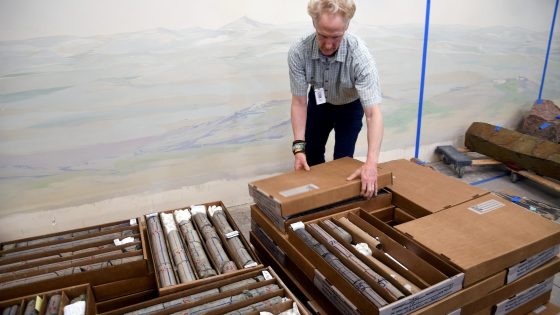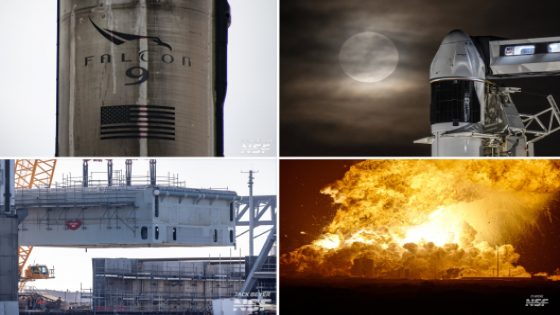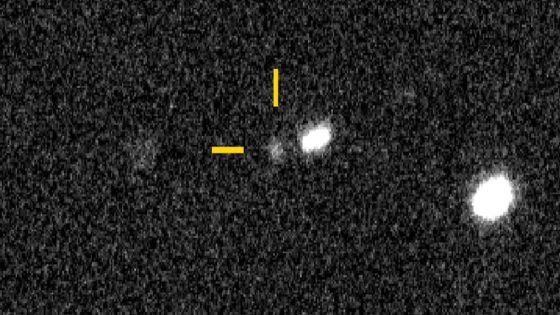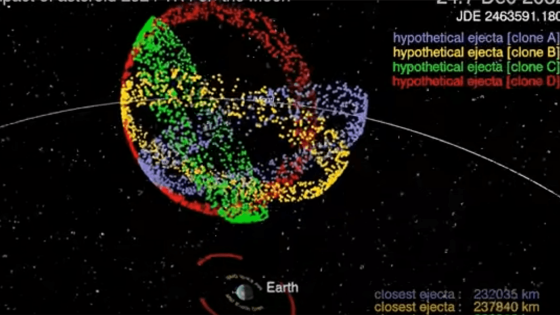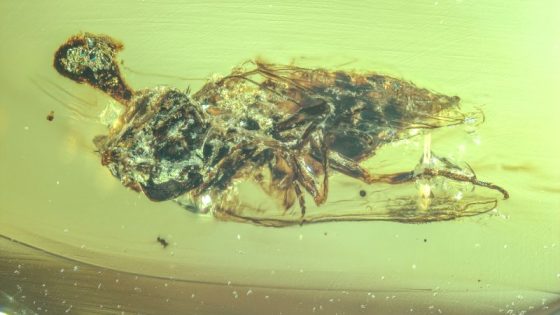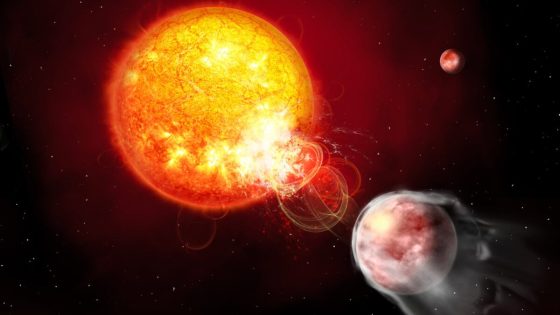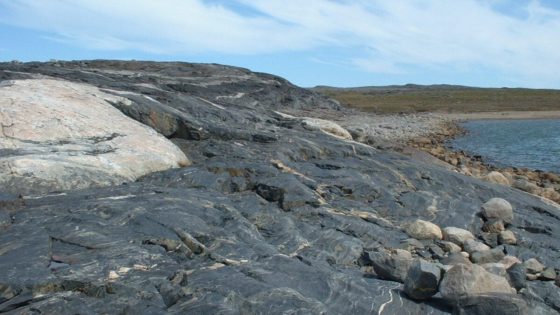A remarkable fossil bone find has emerged from the depths of a Denver museum’s parking lot, surprising scientists and dinosaur enthusiasts alike. This discovery, made while drilling over 750 feet deep for geothermal research, highlights the unexpected locations where ancient remnants can be found. On 2025-07-11 02:04:00, museum officials announced the find, which is believed to be a vertebra from a small, plant-eating dinosaur that roamed the Earth 67.5 million years ago.
- Dinosaur bone found under museum parking lot
- Discovery from geothermal study borehole
- Fossil believed to be from late Cretaceous
- Rare find with only two similar cases
- Mixed expert reactions on scientific significance
- Fossil now displayed at the museum
The Denver Museum of Nature & Science, famous for its dinosaur exhibits, has captivated visitors with full-size skeletons. This latest discovery, though not visually striking, is a testament to the rarity of finding dinosaur bones in such a narrow borehole. “Finding a dinosaur bone in a core is like hitting a hole in one from the moon,” said James Hagadorn, curator of geology.
This discovery raises intriguing questions about the geological history of the area. How did this dinosaur end up buried beneath a bustling museum? The fossil’s presence suggests a once swampy environment, teeming with vegetation. Key points include:
- The bone is from a dinosaur that lived during the late Cretaceous period.
- Only two similar borehole finds have been reported globally.
- Fossilized vegetation was also discovered in the same borehole.
- Experts have differing views on the find’s scientific significance.
As scientists continue to explore the depths of our planet, who knows what other hidden treasures await discovery? This find encourages further research into the rich history beneath our feet.



